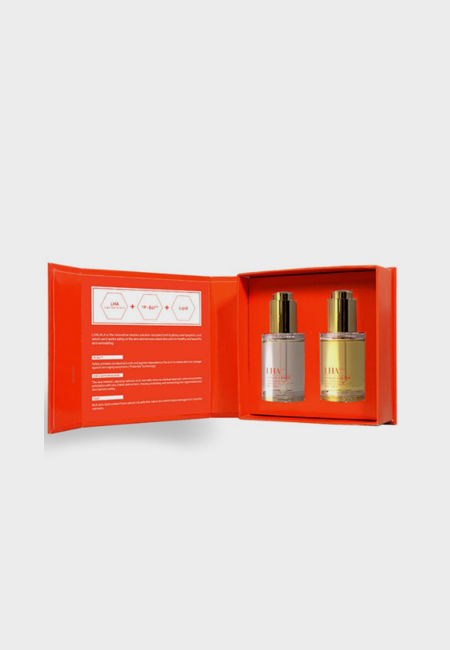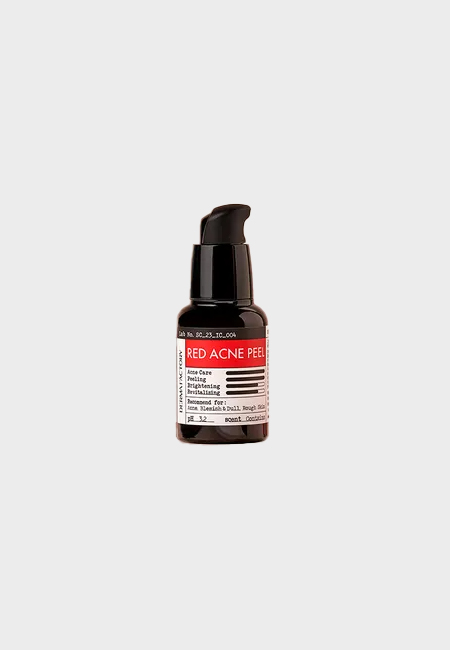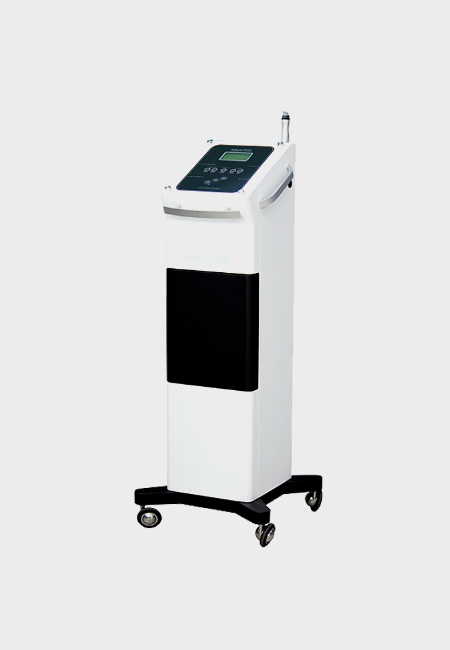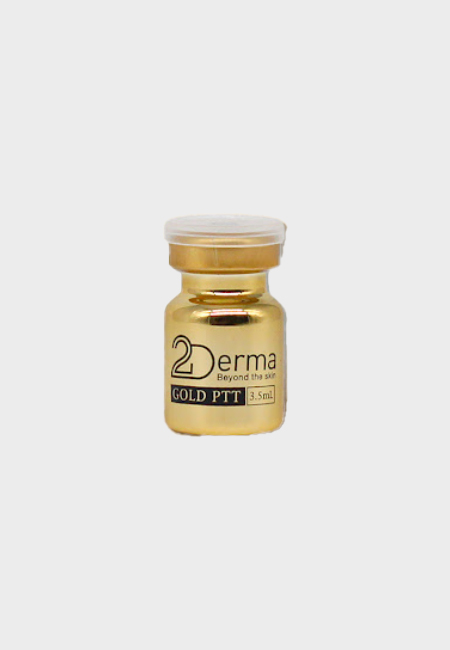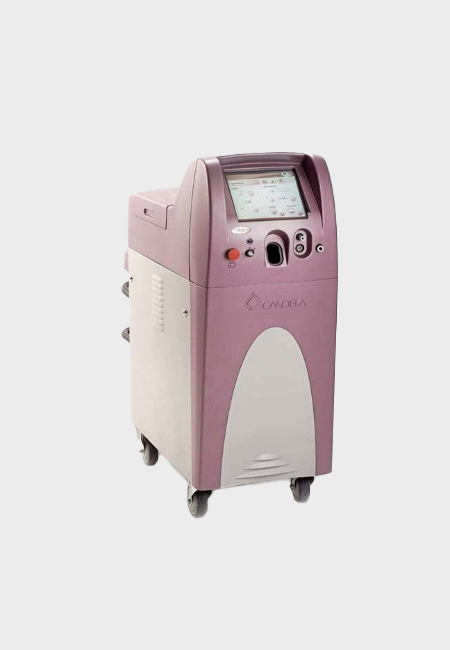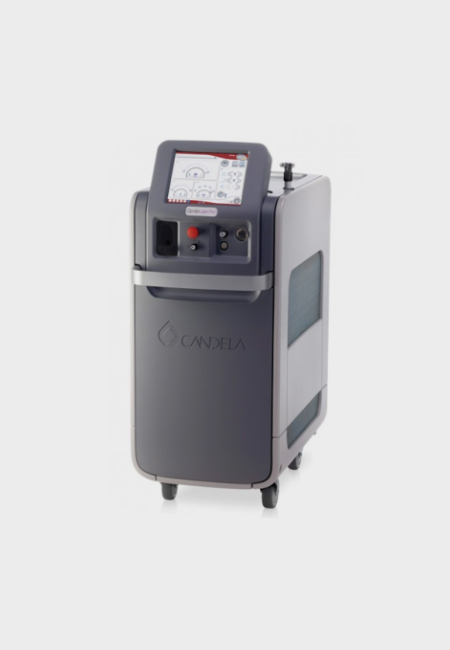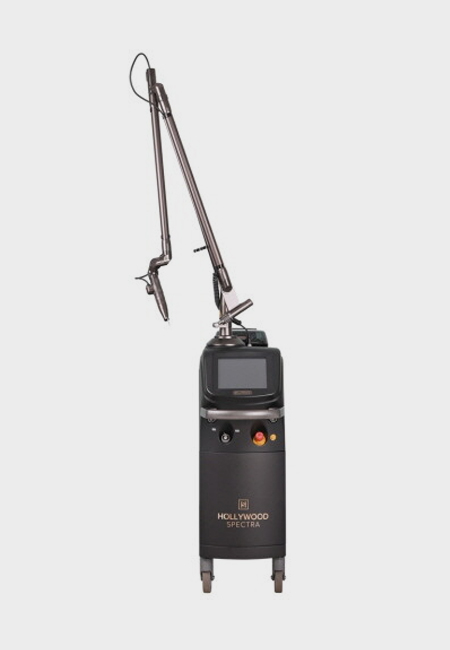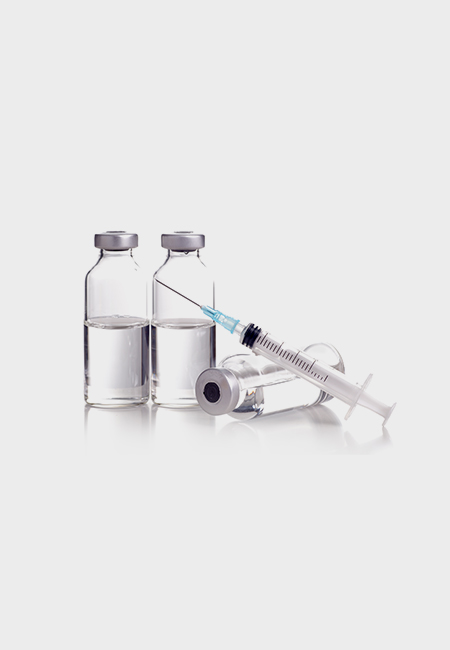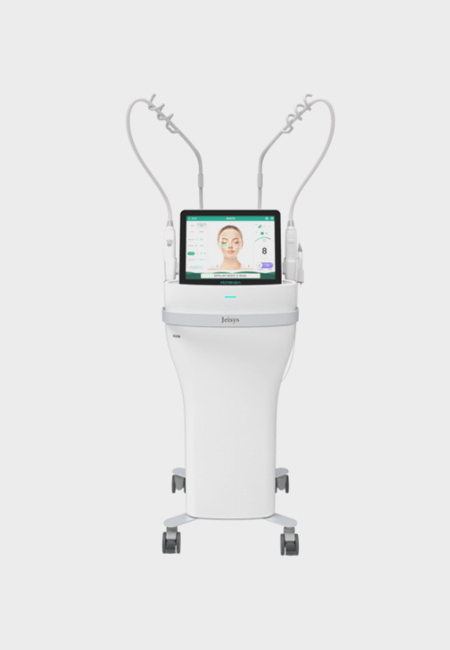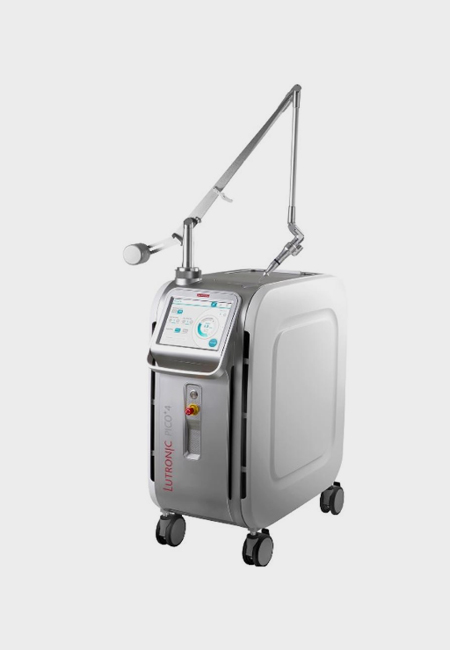

A.
1.Daily activities and light exercise are possible, but please avoid saunas, hot compresses, sweaty exercises, and alcohol consumption for about a week.
2.Apply sunscreen thoroughly as there is a risk of pigmentation when exposed to sunlight.
Acne refers to acne where hair follicles become red or swollen due to inflammation. This type of acne is accompanied by pain and mainly occurs due to excessive sebaceous gland activity.
Causes:
Hormonal changes (e.g., puberty, menstrual cycle), stress, unbalanced diet, use of certain cosmetics, genetic factors, etc. can trigger inflammatory acne.
Symptoms:
Include red and swollen acne, pus-filled acne (pustules), and deep, painful nodules.
Acne scars refer to marks left on the skin after acne has healed. These scars are usually mild surface changes that gradually fade over time.
Causes: Actions such as touching or squeezing areas with inflammatory acne can cause scarring. It's a phenomenon that occurs during the skin's natural healing process.
Symptoms: Flat marks that usually appear red or brown in color and are typically located where acne was present.
Acne hyperpigmentation refers to dark spots caused by excessive melanin production following inflammation. It often occurs after the skin has been damaged.
Causes: Severe inflammation from acne increases the likelihood of hyperpigmentation. Sun exposure can make hyperpigmentation more pronounced.
Symptoms: Brown or black spots that remain in the areas affected by acne, often persisting even after the acne has healed.
